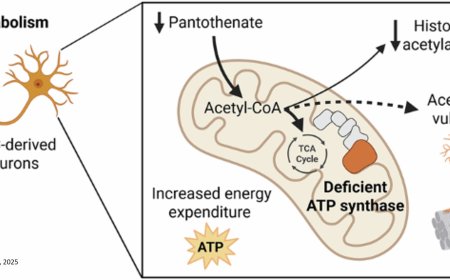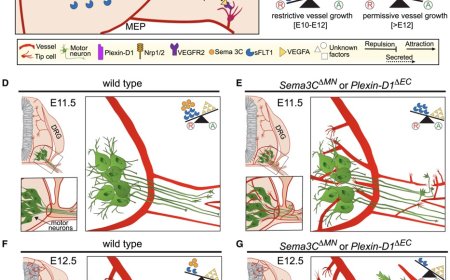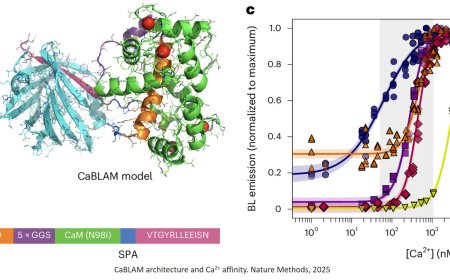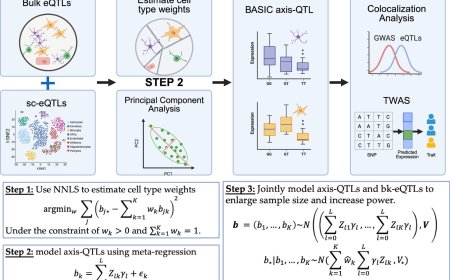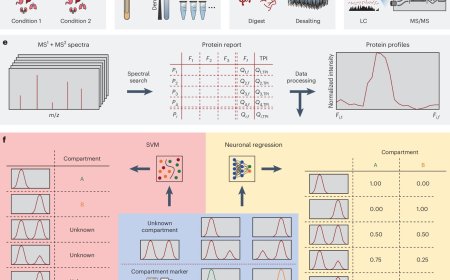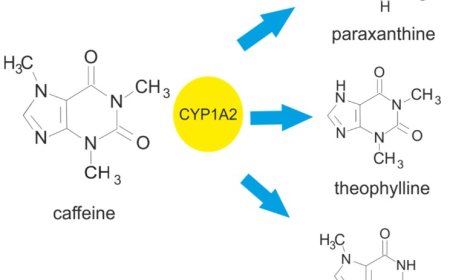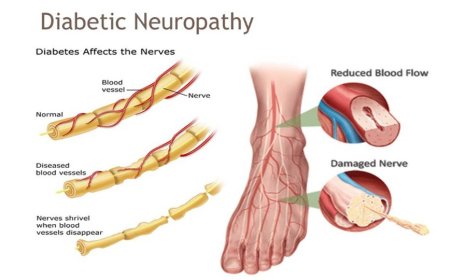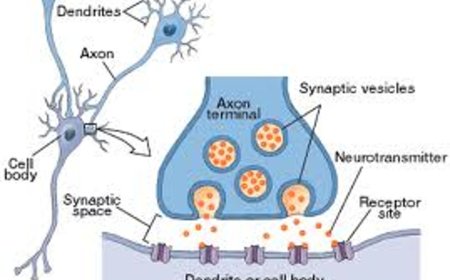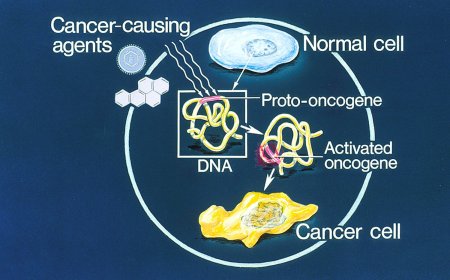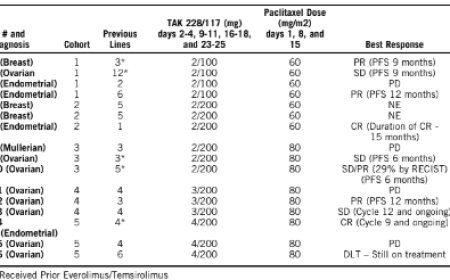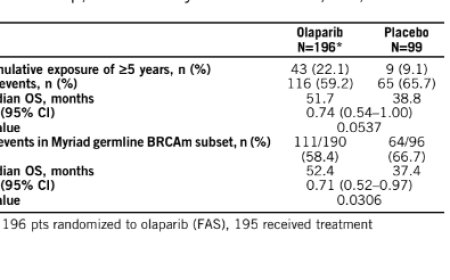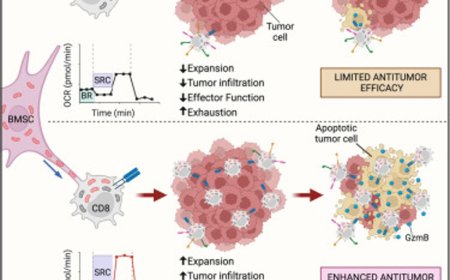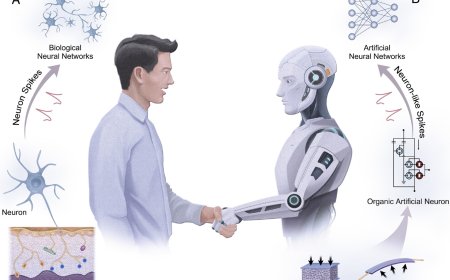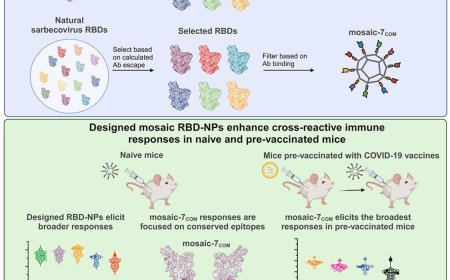New insight into ion transport via angstrom-scale two-dimensional channels
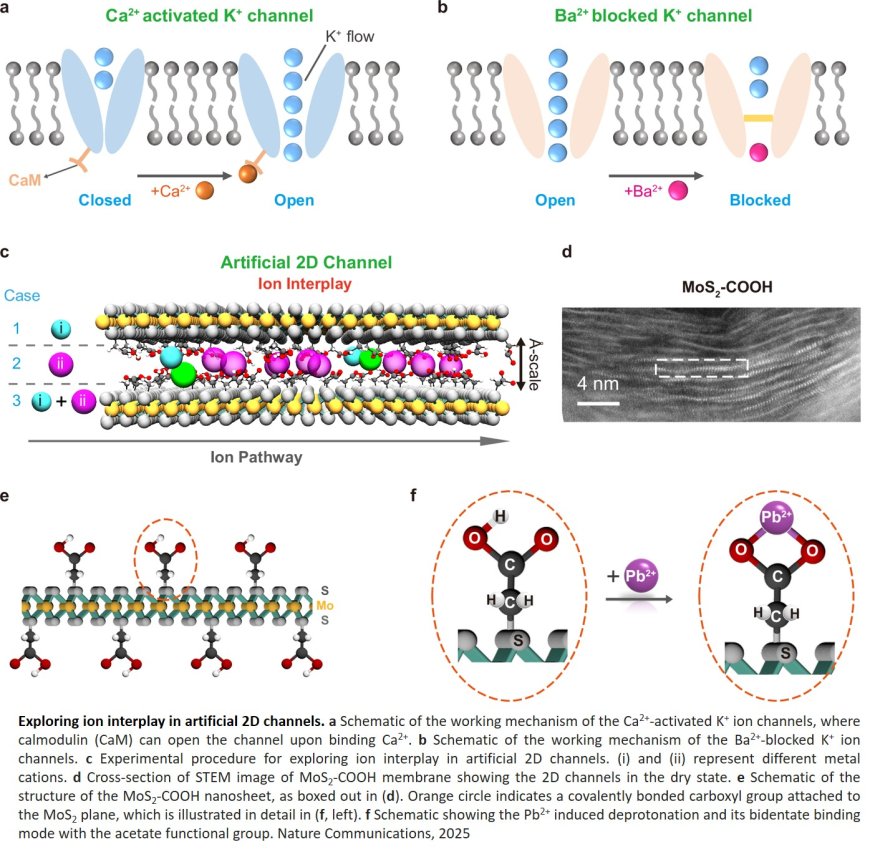
In every living cell, there are membranes, and in every membrane there are proteins, each of which acts as a chemical gatekeeper.
Rather than passively letting ions pass in and out of the cell, these biochemical bouncers throw the door wide or shut it as needed. They let more of life-sustaining materials like potassium or sodium through the cells’ biological ion channels when the cell needs them, but shut off the flow before the chemical concentration gets too high.
It’s a process biologists have studied and engineers have envied for years. The ability to tune membranes to let more of a material in sometimes and keep them out at other times could revolutionize how people make water safe to drink and remove harmful – or valuable – chemicals from oceans, lakes and rivers.
“Naturally, it becomes of interest to see whether you can build artificial systems that would, in some way or another, mimic those biological properties,” said the senior author.
A new paper in Nature Communications solved this mystery and revealed new insights into how ion transport works.
By adding different amounts of lead, cobalt or barium ions, the team found it could vastly increase or limit the amount of potassium passing through an artificial membrane, mimicking cells’ abilities to mind their own biological membranes. Among the team’s more remarkable findings was that just a 1% increase in the presence of lead ions doubled the amount of potassium coming through the channels.
“The most exciting part of our research is that we show how dramatically ion transport in angstrom-scale 2D channel can be changed in the presence of other ions, even with a tiny fraction,” said a co-first author.
In addition to applications like water purification and material extraction, the research represents an advance in pure science, helping physicists and biologists understand better why ions and cells behave the way they do.
Ion transport channels are exactly what they sound like – tunnels for ions.
In cells, these nanoscale tunnels run through the cell membranes; in devices, through plastic filters or other membranes. Positive charged potassium plods slowly through the negatively charged tunnel used in the present study, while negative charged chloride (ions containing the element chlorine) zip past.
“We designed a non-equilibrium molecular dynamics simulation to incorporate an ion-induced dipole interaction and simulate ion transport through this 2D nanochannel,” the author said. "Our results aligned well with the experiments, suggesting that the physics we included were on the right track."
Ions have either a positive or a negative charge, which means that any charged atoms or molecules in the ion channel walls push or pull on the travelers.
But when lead ions are added, those ions bond to acetate groups in the tunnel walls. The positively charged lead ions pull on the negatively charged chloride, not enough to stop the chlorides, just slow them down to the potassium ions’ speed.
Once the chlorides and potassium ions are moving through the tunnel at the same rate, they form potassium chloride pairs, which are neutral so flow unimpeded through the channel, increasing the amount of potassium coming through the membrane.
“There’s nothing charged that it wants to interact with, and so that makes it so that the new molecule can flow through quicker than would occur if the two ions were just separately flowing through the channel,” the author said.
In addition to this cooperative effect, the team also discovered an inhibitory effect, meaning a way to limit rather than enhancing potassium flowing through the channels.
When they added small amounts of cobalt or barium ions, those metallic ions competed with lead ions for spots where they could bond to the acetate groups in the tunnel walls. This limits lead’s effects on these ions, and at the same time there is diminish formation of neutral ion pair that can enhance transport.
“By changing the combination of ion species, we were able to switch from a cooperative effect to an inhibitory effect,” the author said. “Again, understanding the underlying physics is essential.”
The next steps for the research include seeing what other materials than lead can generate this effect, and if it can be expanded to control the flow of elements other than potassium. One target would be lithium, valued for its use in batteries but currently harvested from water through environmentally damaging methods.
“Multivalent-ions effect study remains largely hidden for the rising field of nanofluidics,” the author said. “Certainly, our protocols can be extended to other nanofluidic systems and more can be expected from there in the future."
https://www.nature.com/articles/s41467-025-61307-x
https://sciencemission.com/ion-transport-in-angstrom-scale-two--dimensional-channels
